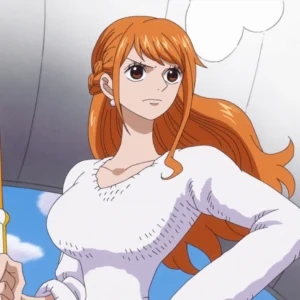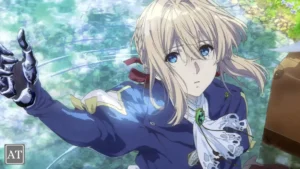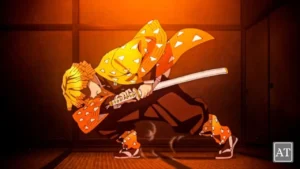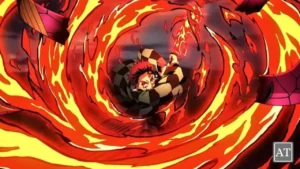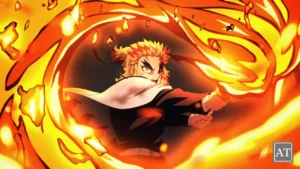Have you ever stood on a big, flat rock at the beach—feeling it stay perfectly still while waves crash all around?
That quiet, stubborn steadiness is exactly what Stone Breathing is all about. And if the lightning-fast flash of Zenitsu or the watery grace of Tanjiro left you dizzy, Stone Breathing might feel like someone finally hit the pause button so you can breathe, think, and feel safe.
But—let’s be honest—trying to memorize every breathing form can feel like carrying a backpack full of bricks. So today, we’re tossing out the heavy jargon and carving a simple path. By the end, even your 10-year-old cousin who still mixes up “Hashira” and “hash brown” will brag, “I totally get Stone Breathing!”
Ready? Take one slow breath, plant your mental feet, and let’s build this mountain together.
Why Breathing Styles Matter in Demon Slayer
In the Demon Slayer universe, breathing styles transform regular humans into demon-slashing heroes. By controlling oxygen flow, swordsmen super-charge their muscles, senses, and spirits, then lace every swing with an elemental theme.
Yet breathing isn’t only anime magic—it’s our built-in power button.
• Ever inhale deeply before raising your hand in class?
• Ever sigh out slowly after a scary movie?
That’s basic breathwork shifting your body from “Uh-oh!” to “I’ve got this.” Stone Breathing simply extends that idea, turning each breath into granite-like power.
Self-reflection spark: When was the last time you paused to just breathe—no phone, no music, no 100 notifications begging for attention?
From Pebble to Pillar: The Birth of Stone Breathing
Every breathing style traces back to Sun Breathing, the ancient root. As centuries rolled by, students molded Sun Breathing into forms that matched their personalities: calm water, fierce fire, or—in today’s spotlight—unyielding stone.
Meet Gyomei Himejima
Picture a man taller than your fridge and wider than your couch, who cries during sunset because beauty overwhelms him. That’s Gyomei Himejima, the Stone Hashira. Blind since childhood, he carries a chunky spiked flail attached to an axe, and a small Buddhist rosary that jingles softly with every step.
Gyomei’s presence is so calming that even rowdy crows hush around him, as if mountains themselves have voices saying: “Peace.”
Tragedy, Bells & Tears—How Pain Forged Unbreakable Will
Gyomei once sheltered orphans in a temple. One stormy night, a demon attacked. He fought with nothing but prayer beads until sunrise saved them. False accusations led to his arrest—until the Demon Slayer Corps recognized his potential and offered real weapons.
His trauma turned to purpose. His tears became rivers that polished his inner stone. When he takes a single step, you feel history moving beneath his feet.
Takeaway: Sometimes the heaviest moments carve out the strongest parts of us—like pressure turning coal into diamonds.
All Five Stone Breathing Forms
Think of these forms as stacking smooth, flat stones by a creek: place one, feel its weight, steady it, then add the next.
Fun note: Stone Breathing combines the flail-and-axe chain with footwork, making Gyomei’s moves feel like a living wrecking ball.
Serpentinite Bipolar
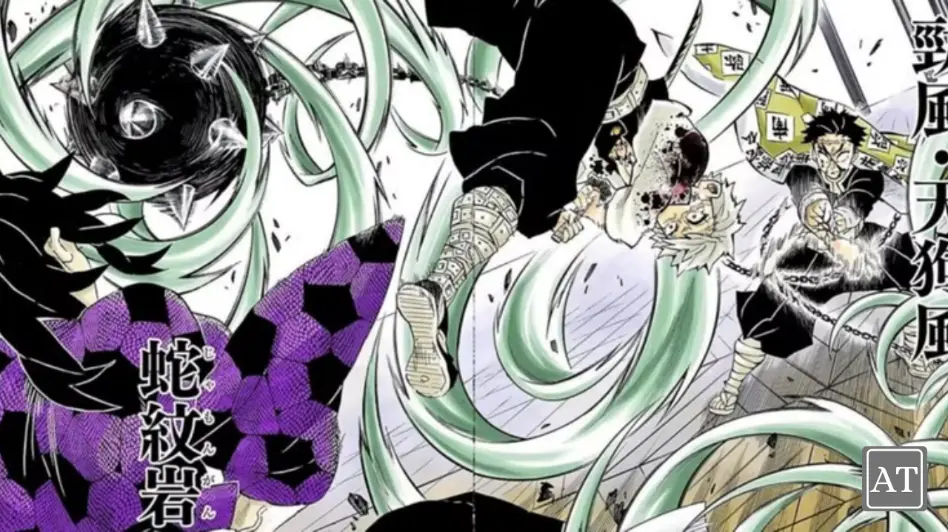
Gyomei swings the flail overhead while spinning his body, creating two opposing forces—like twin planets orbiting a sun. The chain wraps, the axe cuts, and the flail crushes.
• Kid analogy: It’s like swinging two yo-yos at once while turning in place—except each yo-yo is a car-sized rock!
Upper Smash
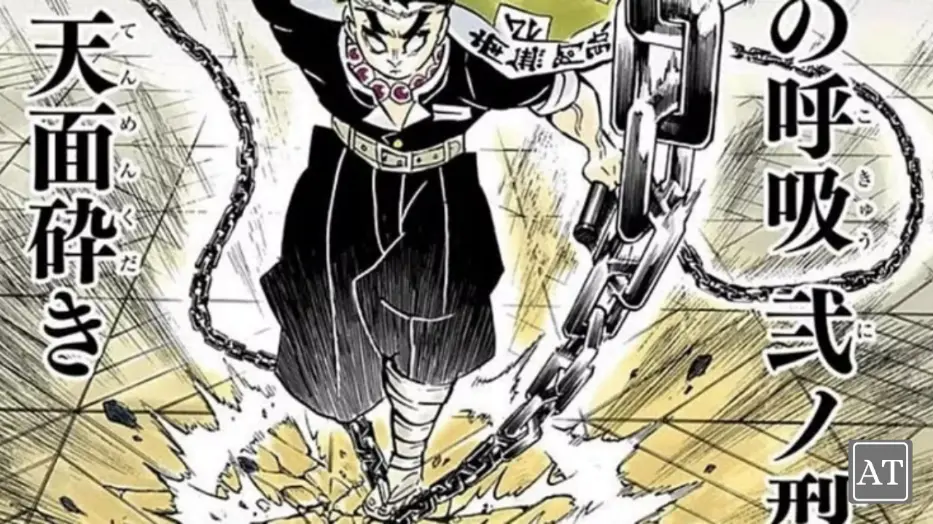
A straight upward strike with the axe while the flail slams downward, sandwiching the enemy between gravity and sheer muscle.
• Visual: Imagine clapping with both hands, but one hand is the Earth and the other is a falling meteor.
Stone Skin
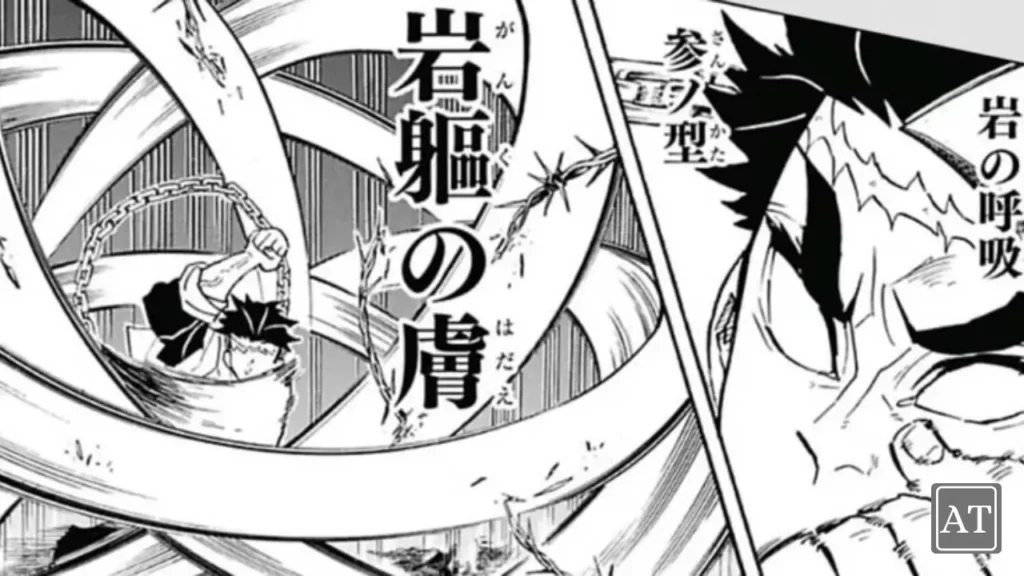
Gyomei spins the chain in tight circles, creating a stone-hard shield that deflects attacks.
• Aha moment: Ever whirl a jump rope really fast and feel the air wall it creates? Same concept—now crank the danger up to eleven.
Volcanic Rock, Rapid Conquest
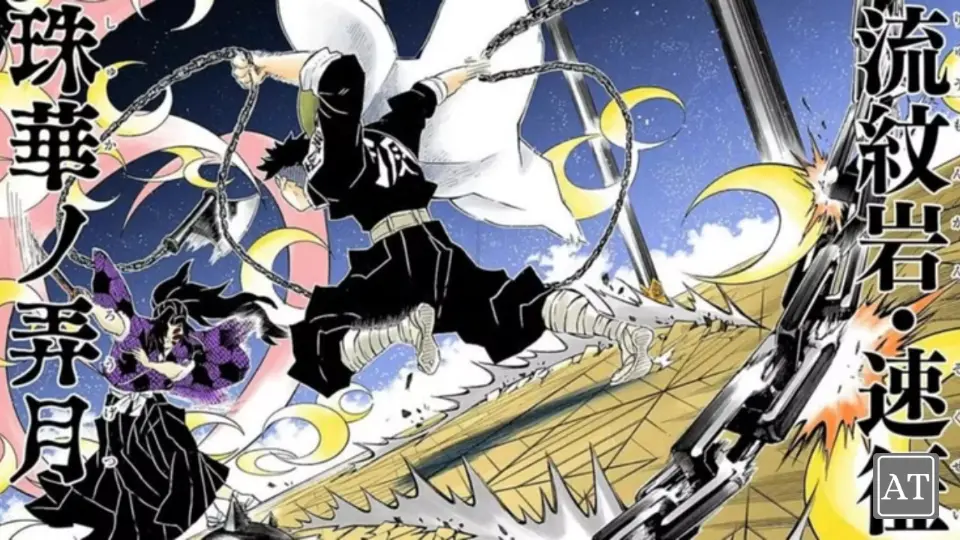
He dashes forward, hurling the flail like erupting magma, then follows up with a molten-hot axe slash.
• Metaphor: A volcano doesn’t ask permission; it flows where it wants. Neither does Gyomei.
Arcs of Justice
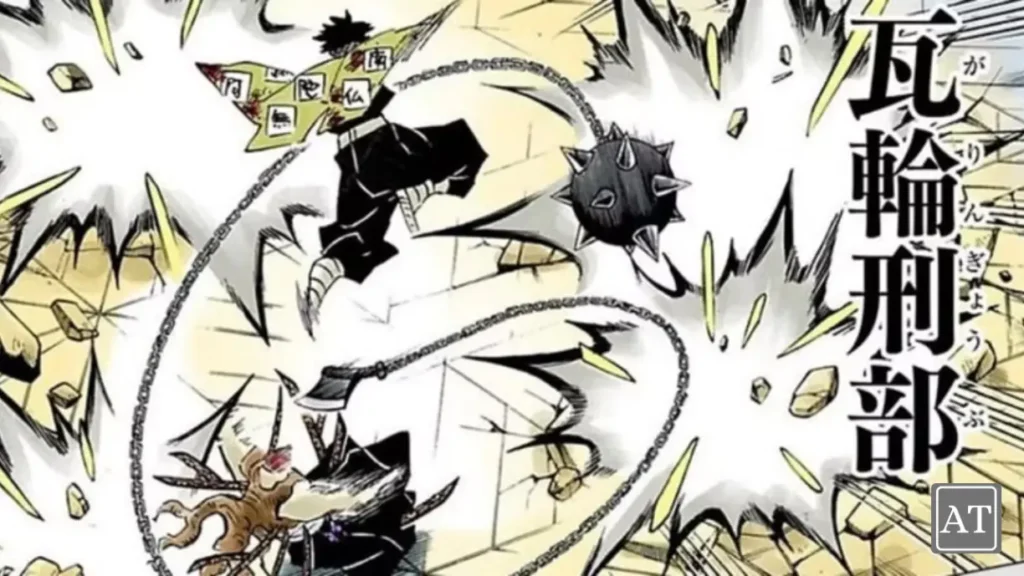
By sensing vibrations through the chain links touching the ground, Gyomei pinpoints targets, then unleashes sweeping arcs—delivering swift, fair judgment.
• Reflection: Justice, like stone, might seem slow, but when it moves, nothing stops it.
(Tip for re-watching the anime: Listen for the faint bell chime mixed into the soundtrack whenever Gyomei prepares a form.)
Science of Stone Breathing
Does swirling a medieval flail really make you earthquake-proof? Let’s use playful science to bridge fiction and reality.
- Ground Reaction Force – Pushing hard against the ground (think deep lunges) sends equal force upward. Gyomei’s stable stances maximize this, channeling power into each swing.
- Vibration Sense – Blind martial artists sometimes train by feeling floor vibrations. Gyomei’s chain acts as a 360-degree “radar,” transmitting tremors to his hyper-sensitive hearing.
- Momentum & Centripetal Force – Swing an object on a chain; the faster you spin, the more destructive its path. Gyomei multiplies this by wrapping the chain around his arm, then releasing.
- Breath & Core Activation – Deep diaphragmatic breathing braces the torso—like inflating an inner tire—protecting the spine when lifting heavy weights (or, um, demon heads).
Is any of this 100 % real? Not exactly. But linking it to real physics helps our brains shout “Plausible!” instead of “No way!”—and that makes the anime more immersive.
Conclusion
When flashy flames and buzzing lightning fill the screen, Stone Breathing stands like a silent guardian—reminding us that the quiet kid in class, the gentle giant who blushes easily, might be harboring mountains of courage.
So next time life launches demon-sized obstacles—an upcoming exam, a job interview, a tough friendship moment—picture Gyomei ringing his tiny bell, inhaling once, and planting his foot so firmly the earth answers back. Then, imagine you doing the same:
- Breathe in—feel weight.
- Breathe out—feel roots.
- Swing forward—let compassion guide force.
Carry that scene in your pocket. Because you, dear reader, are made of the same cosmic dust that hardens into stone—and stones, once set, can build bridges, sanctuaries, and futures.
FAQs
I’m small and not very strong. Can Stone Breathing still inspire me?
Absolutely. Strength isn’t just muscle; it’s steadiness under pressure. Practice grounding breaths and balanced stance drills—power grows from the inside out.
Why does Gyomei cry so much if he’s the strongest?
His tears show empathy. Real strength allows emotions to flow without drowning purpose.
Are there Stone Breathing references to real martial arts?
Yes. Concepts of rooting, chain weapons, and vibration sensing echo Chinese meteor-hammer techniques and Japanese kusarigama training.
How do I keep training fun for kids?
Turn drills into games: Blindfold Balance becomes “pirate lookout,” Pebble Breaths include painting the stones with fun designs.
Can breathing exercises help with test anxiety?
Studies show slow, deep breathing lowers heart rate and cortisol. Five Pebble Breaths before exams can shift your brain from panic to focus.


